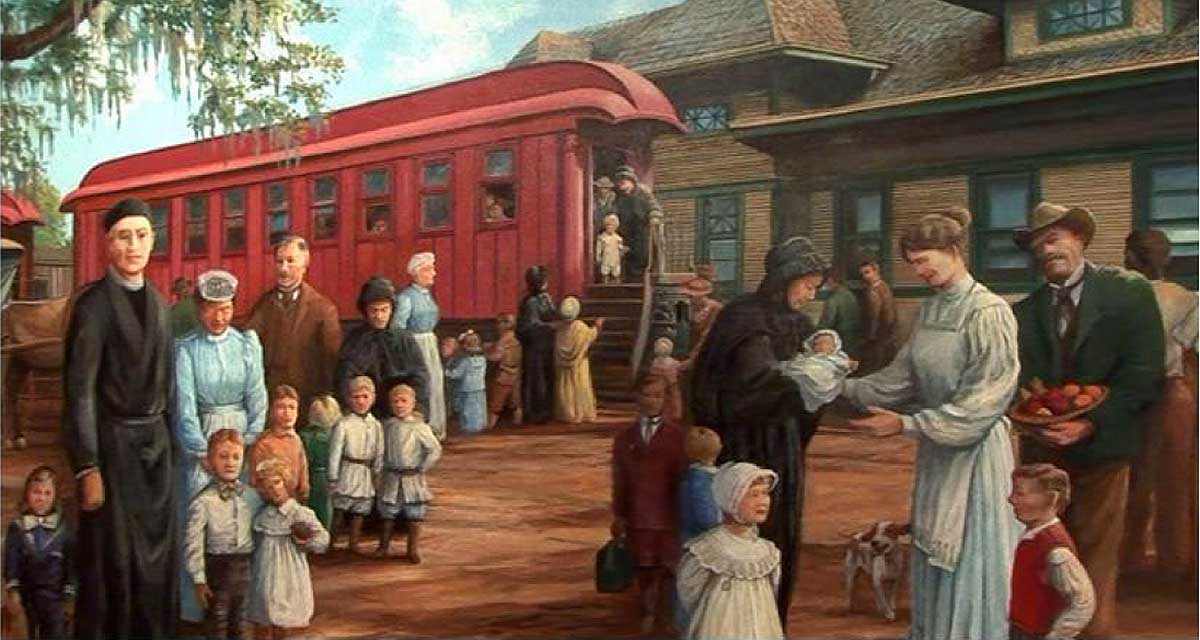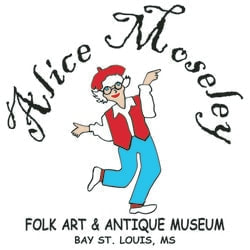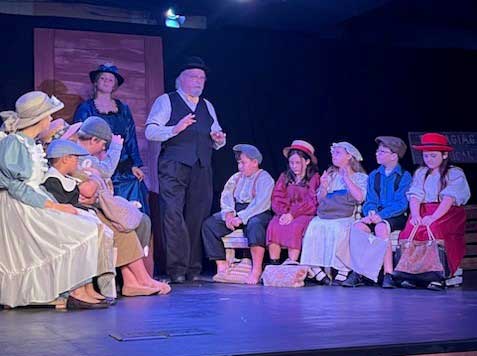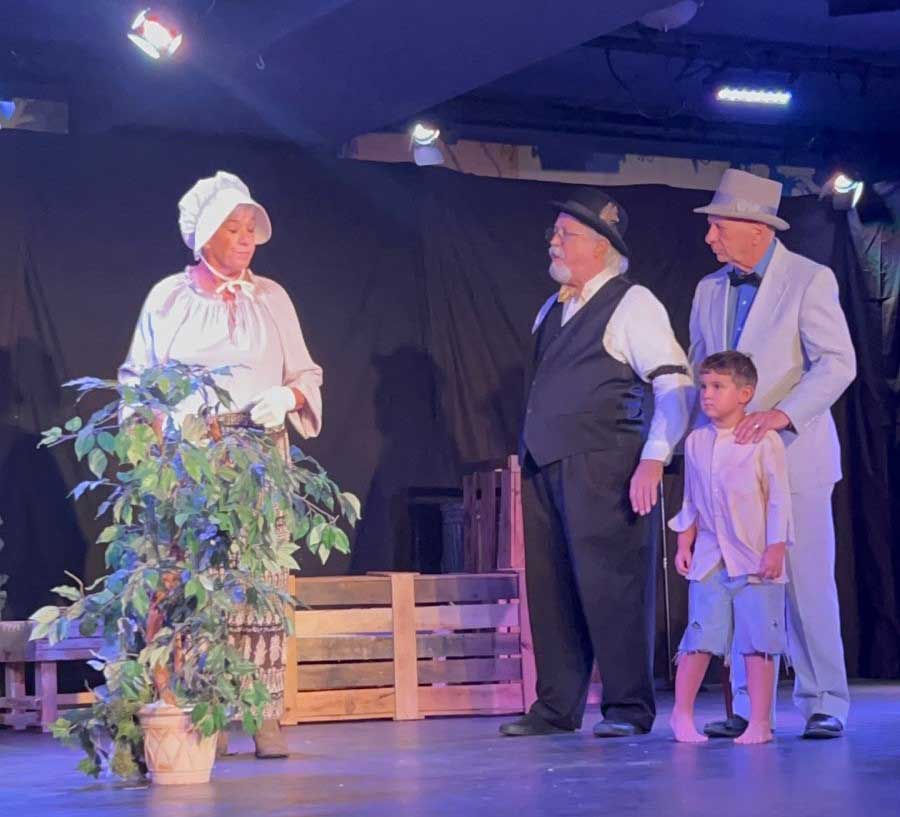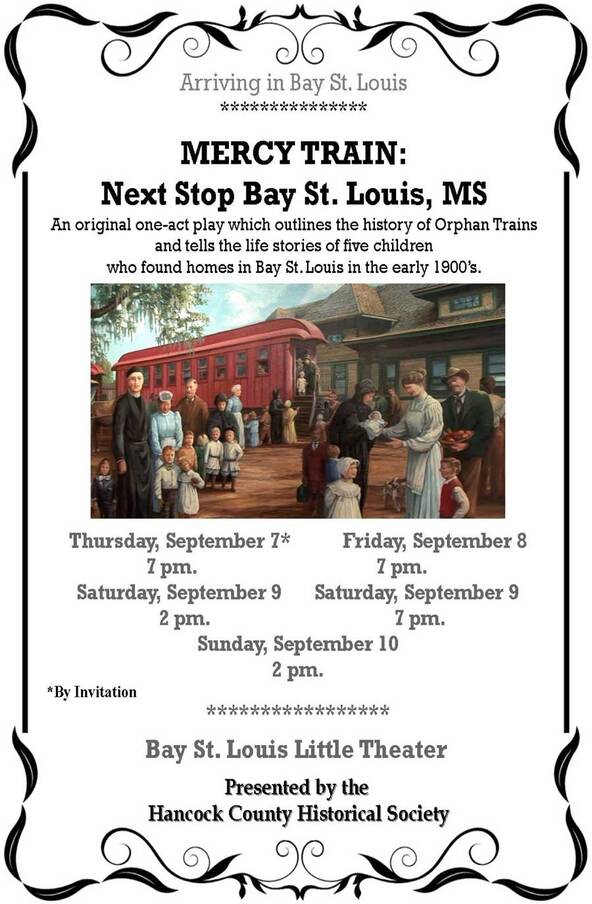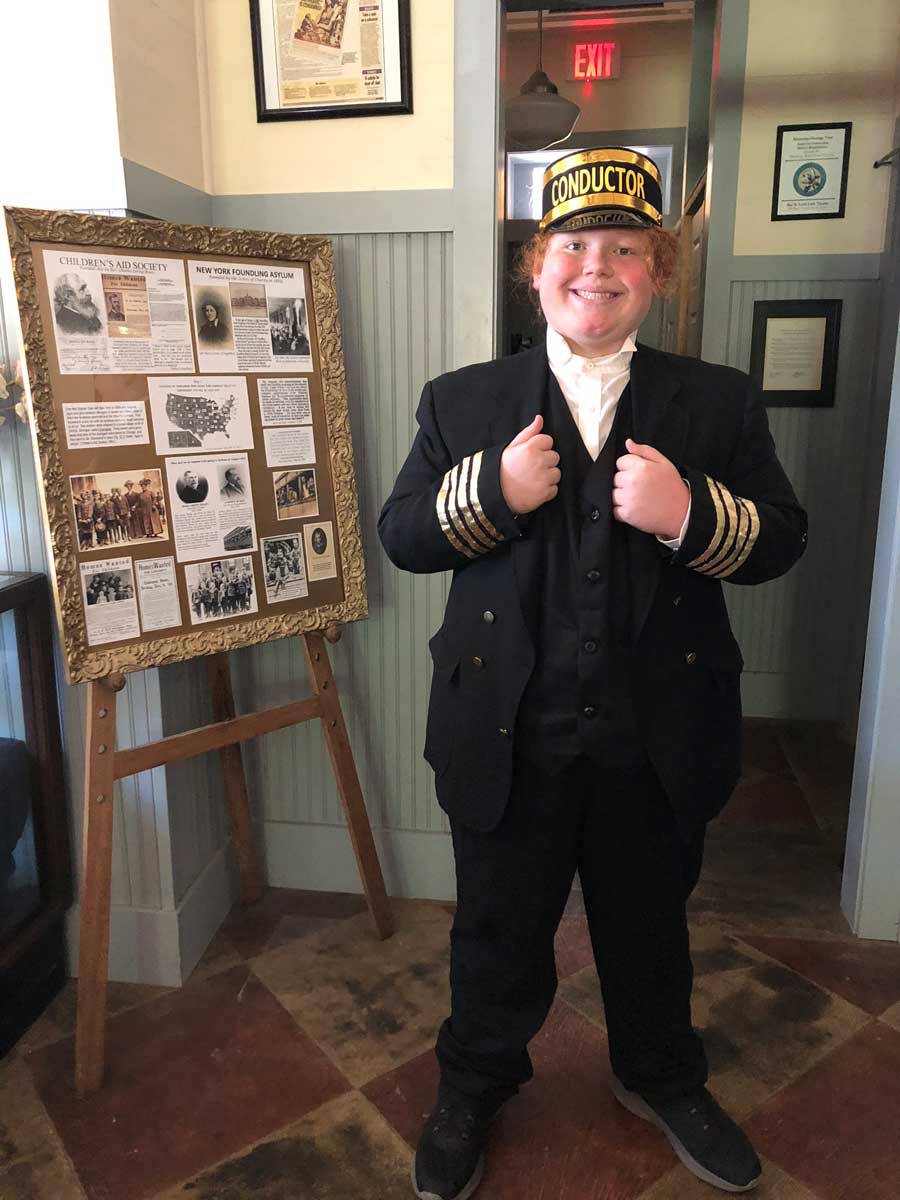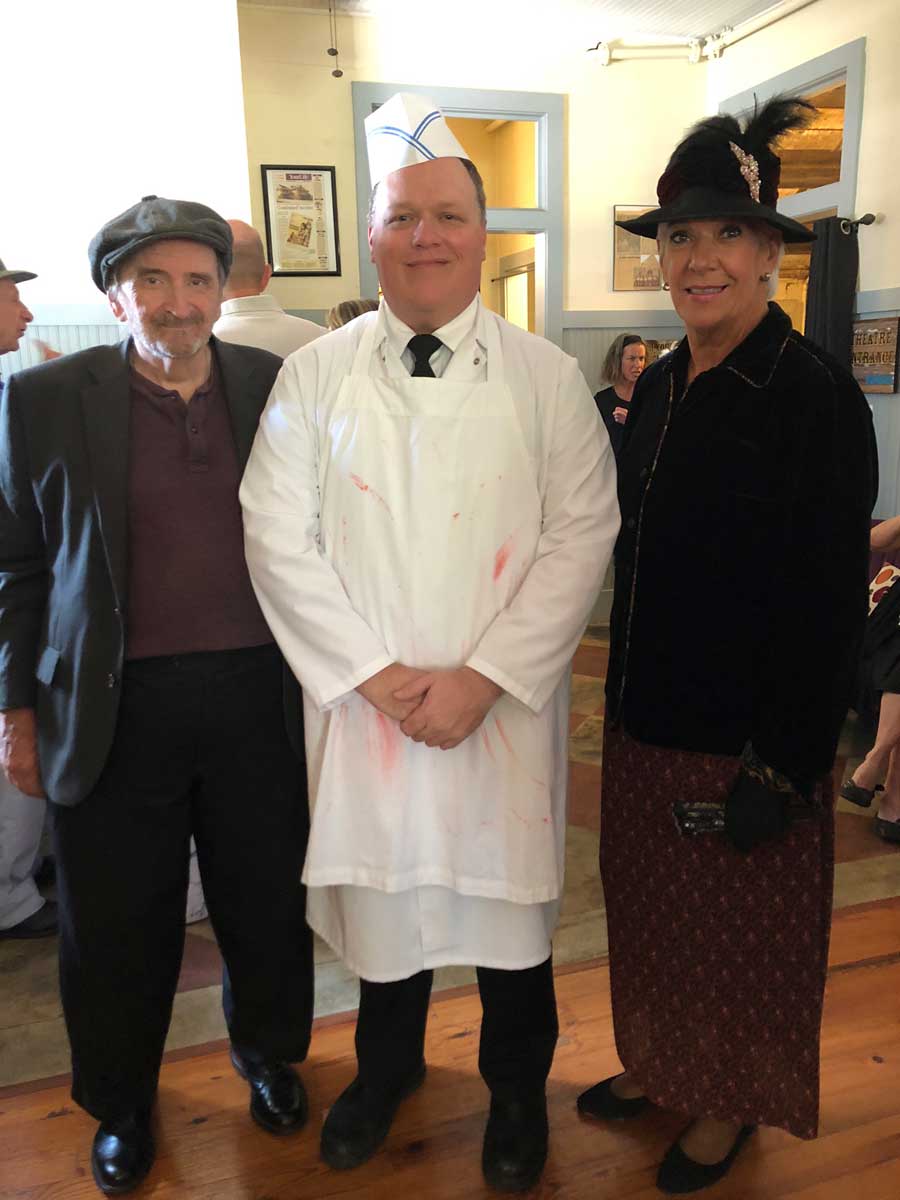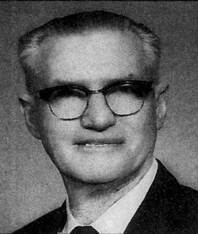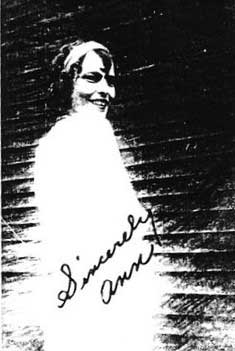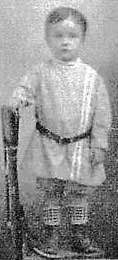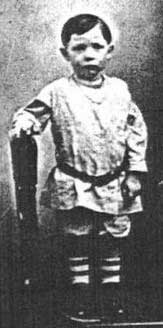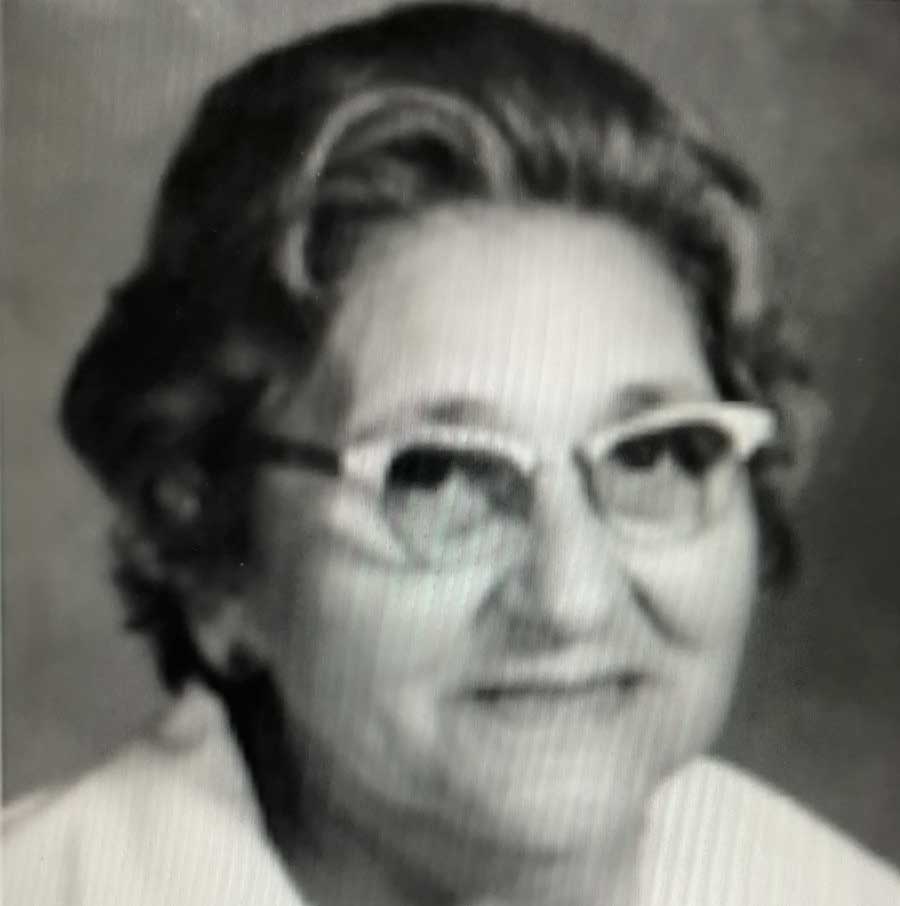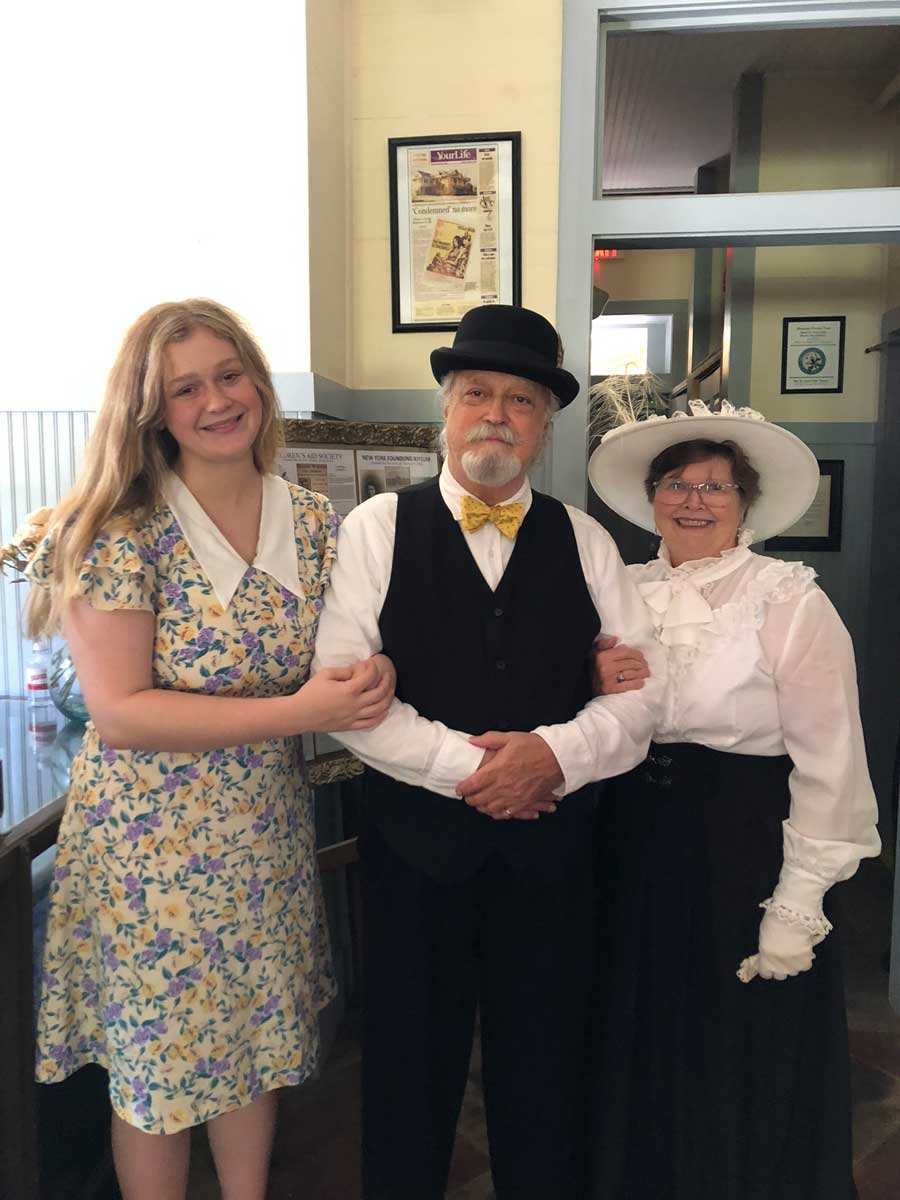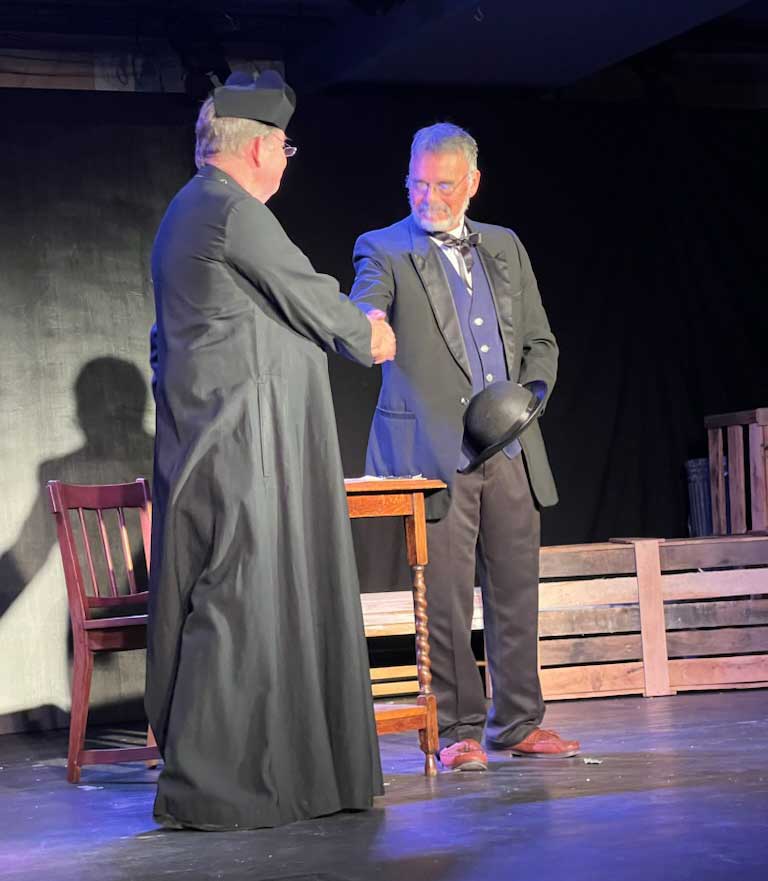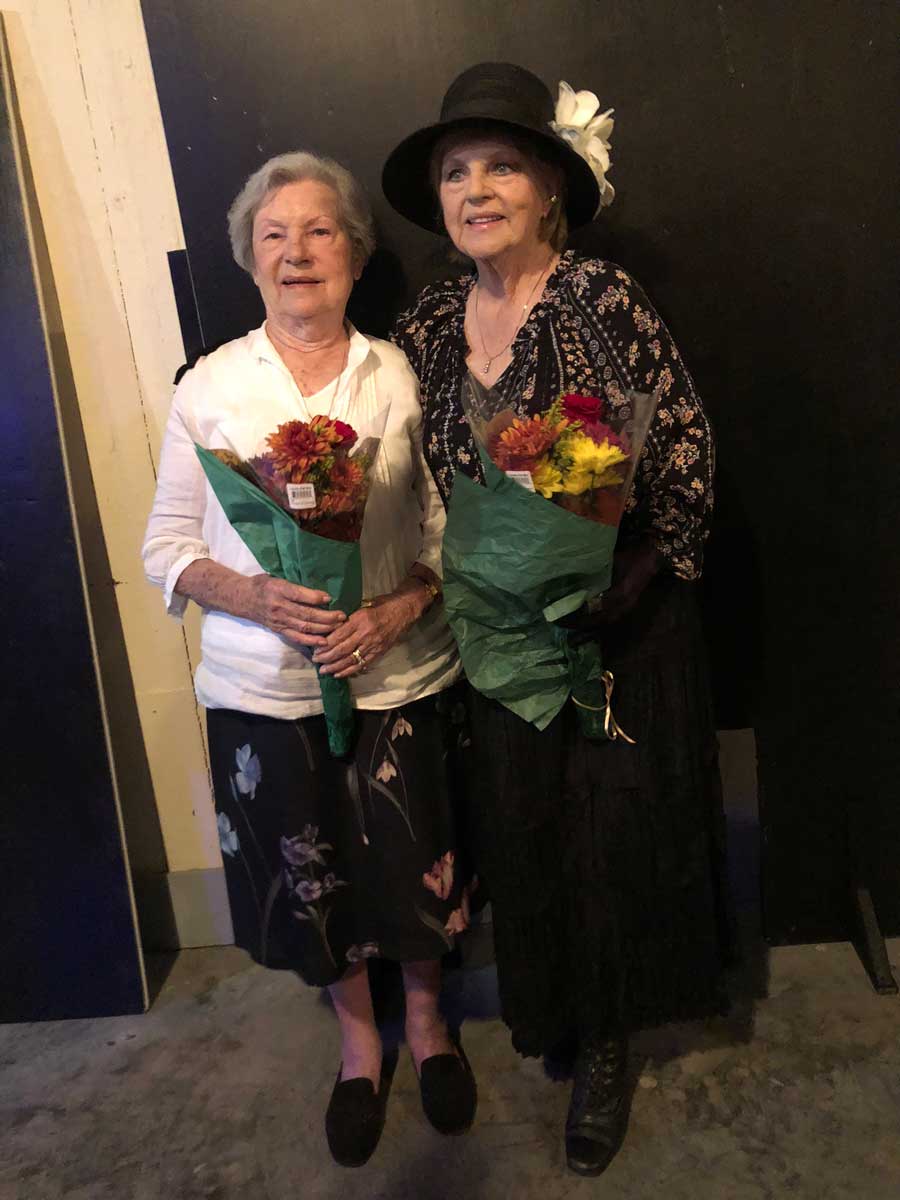A little history and acting go a long way towards making a good show. “Mercy Train: Next Stop Bay St. Louis” is an original screenplay written by local Beverley Frater. The sold-out show was a major hit.
- by Connie Voight
“At the [Hancock County] Historical Society’s annual cemetery tour in 2022, we featured John Damborino and Annie Richter Adam Graham, who are buried in Cedar Rest and both an integral part of the Mercy Train history,” said Frater. “Afterwards, I thought that I could combine their stories with other orphan stories we know and expand it into a play.”
After much research, Frater, also a board member of the Historical Society, let the words flow. With a grant awarded by the Mississippi Humanities Council and support from the Hancock County Historical Society and Bay St. Louis Little Theatre, Frater began her journey as a playwright. “Mercy Train: Next Stop Bay St. Louis” is Frater’s first play. The Mercy Train story begins after an influx of Irish Immigrants during the Great Potato Famine in the mid-19th century. Life was hard in America, and many immigrants chose to return to Ireland once the famine ended. Without adequate funds for passage, some couples left their children at charity homes or deserted them on the streets. Civil War casualties, poverty, and disease left many more children homeless. For years, New York and other large cities on the Eastern seaboard were overrun by these orphans, who were often recruited by dangerous gangs. Before the Civil War, Reverend Charles Brace, a Protestant pastor in New York City, worked with the mayor to help transport these children to locations in the West and Midwest, where small-town families needed help on their farms; thus began the Orphan Trains. Between 1855 and 1875, Brace’s Children’s Aid Society sent over 3,000 children a year on Orphan Trains across the United States. In October of 1869, the Sisters of Charity opened The New York Foundling Hospital as a home to care for abandoned infants. They learned that Reverend Brace, an abolitionist, was not sending orphans to the South because of the continuing Confederate stronghold below the Mason-Dixon Line, even after the Civil War ended. Knowing there were many potential families throughout the southern states, they knew something must be done. From 1875 to 1929, the Sisters and the Catholic Church operated their own version of the Orphan Train, calling them Mercy Trains and delivering Catholic orphans to Catholic families in the South. Each potential family was vetted by local priests and nuns. Five of those Mercy Train orphans were adopted and raised in Bay St. Louis. By the time they stopped running, over a quarter-million children were saved by the Mercy Trains, Orphan Trains, and other similar operations.
“Mercy Train: Next Stop Bay St. Louis” focuses on five orphans:
The play takes place between 1858 and 1910 and tells the story of Willie, Annie, John, Thomas, and Margaret in a series of vignettes and scenes. A cast of 29 adult and child actors rotate in and out, portraying the many people responsible for the journey and future lives of these five orphans. The audience meets adoptive parents, train organizers and matrons, adoption agents, priests, nuns, truant officers, and lots of orphans. “I’m so appreciative of this play because it reconnected me with my father’s side of the family,” states Bay St. Louis resident Jared Freeman, a direct descendent of Thomas Mitchell Luc. Fourteen children from Hancock County, ages 6-18, were cast to play a variety of orphans. Like many of the adults, some of these children had never been in a play prior to being cast in “Mercy Train.” Two of the children in the production, cousins Reagan and Carter Freeman, are descendants of Thomas Mitchell Luc. “This play was so much fun!” said 9-year-old Reagan. “I enjoyed acting with my friends and learning about my family.” “What an amazing experience this has been,” says Frater. “It’s been incredibly exciting to watch my writing come to life.” In addition to her duties as playwright, Frater was involved in many other aspects of the play. Together with Bonnie Cooper, Frater frequented local thrift stores in search of clothing that would help define the era of the play. Also serving as the show’s producer, Frater found herself doing everything from grant writing and research to assembling the program and even appearing on stage as Mary Bourgeois Adam. Both Frater and James Codling, the director, have a special thank you for Cheryl Grace and the other members of Bay St. Louis Little Theatre. Their donations of space, time, and manpower were invaluable. If you haven’t been to the Bay St. Louis Little Theatre, you’re missing out! Their building is the former Starr Boarding House featured in the Robert Redford-Natalie Wood motion picture This Property is Condemned, which was filmed in Bay St. Louis. This intimate theatre makes the audience feel like they’re really a part of the story. Codling summed up the whole experience, “We are glad to remind our audiences of this charming bit of [Bay St. Louis] history.” Enjoy This Feature?Comments are closed.
|
Archives
February 2024
Categories
All
|
Shoofly Magazine Partners
Our Shoofly Partners are local businesses and organizations who share our mission to enrich community life in Bay St. Louis, Waveland, Diamondhead and Pass Christian. These are limited in number to maximize visibility. Email us now to become a Shoofly Partner!

